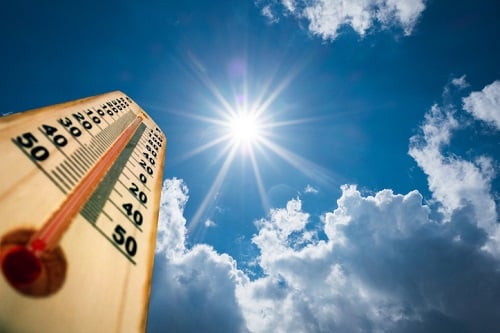

The Bureau of Meteorology has revealed that Australia recorded its fourth hottest year ever in 2020. With the impacts of climate change seen in action, many insurers are now focused on addressing climate-related risks.
The Bureau of Meteorology's preliminary analysis released this month has confirmed that Australia's temperature last year was the fourth warmest on record despite the La Niña.
“This is remarkable in that the wetter influence from La Niña was evident in Australia's annual rainfall totals, which were a little above average for the country in 2020,” said Monash Climate Change Communication Research Hub director associate professor David Holmes, as reported by news.com.au.
As insurers struggle to service regions that are most vulnerable to the impacts of climate change, the industry continues to seek ways to make insurance affordable.
The final report of the Australian Competition and Consumer Commission (ACCC)'s Northern Australia Insurance Inquiry found that home, contents, and strata insurance premiums in the region have increased faster than other areas over the past decade due to the risk of extreme weather.
ACCC Deputy Chair Delia Rickard commented: “We know that there are real reasons for more expensive insurance premiums in northern Australia. The risk of extreme weather is higher, and it can be costly for insurers to service these regions.”
ICA chief executive officer Andrew Hall added: “Insurance in the north and other areas exposed to high levels of risk can be costly. We are encouraged by the findings within the report and look forward to working with government and industry to address affordability and availability issues of insurance in northern Australia.”
Insurers are also avoiding environmentally destructive businesses, such as fossil fuels and coal mines. Recently, many insurers ruled out insurance coverage for Adani's controversial Carmichael coal mine project as it is expected to add around 4.6 billion tonnes of carbon pollution to the atmosphere over its lifetime.
